Emergency! - Poisoning
How long can cooked food be left out? What is the best way to thaw frozen food? Your questions on food safety, and other common poisoning risks, answered.
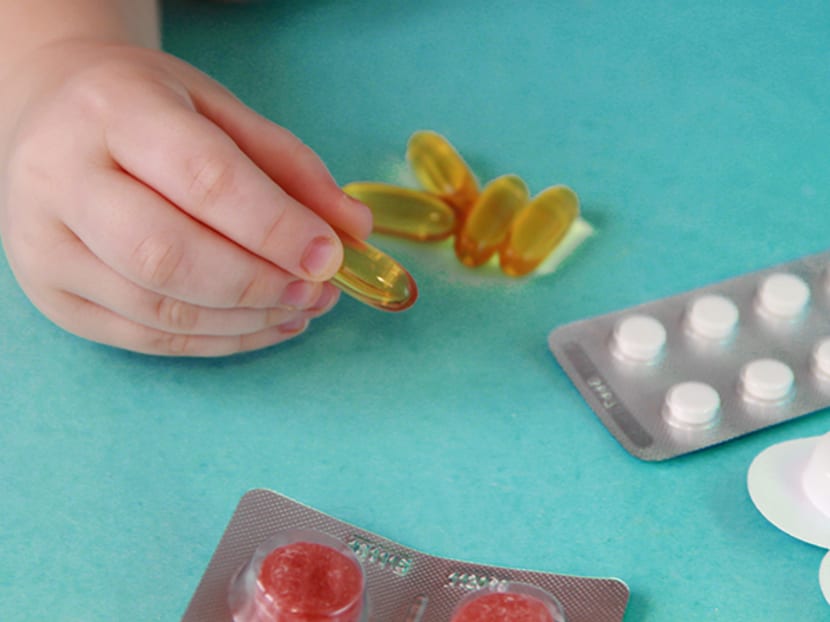




Text by Lyn Chan
Food poisoning cases dominated the headlines last year . How much do you actually know about food safety? Take our quiz!
1
How long can cooked food be left out?
ATwo hours
BFour hours
CNever
2
What is the best way to thaw frozen food?
AIn a bowl or a pot of cold water
BOn the counter, in its packaging
CIn the refrigerator
3
What do you do with bread that is starting to grow mould?
ATear off the fuzzy parts
BScrape off the mould with a butter knife and toast the bread
CThrow out the entire loaf, why take a chance?
*Read on to see answers
Beware of poisoningPoisonings are split into five categories: alcohol, food, carbon monoxide, drug and anything toxic that is swallowed, from berries to chemicals. In Singapore, the most common are food, drug and toxin poisoning.
Food poisoning affecting large numbers of victims is widely reported in the news. While food poisoning brings to mind contaminated food and dirty hands, a range of bacterial, viral or parasitic agents can also cause food poisoning. Salmonella, Escherichia coli (or E. coli), and Listeria are culprits of mass contaminations not just in Singapore, but around the world.
Food safety let-downs are not restricted to hawker or street food. In November 2018 alone, more than 400 people over four separate incidents came down with gastroenteritis in Singapore, including one death from the Spize restaurant food poisoning furore.
Watch video on what to do if you run into wild animals
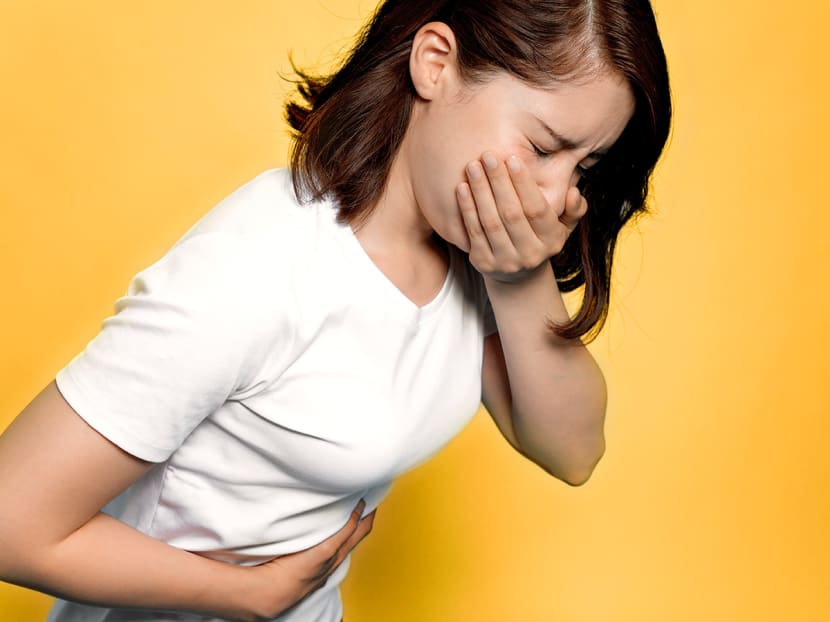
This is a nightmare scenario many parents of young children fear might happen to their kids as they grow increasingly curious about trying out new things. It is also an emergency adults are guilty of contributing towards — whenever they try to cajole their young charges into taking their pills by calling them "sweets".
Dr Tham Lai Peng, a Department of Emergency Medicine senior consultant at the KK Women's and Children's Hospital, has a word of caution, "Parents who do this unwittingly give their children the wrong impression that pills are candies, paving the way for them to swallow similar pills as sweets." The last thing you need is your kid accidentally ingesting medication belonging to his grandmother.
In Singapore, paracetamol, more commonly known as Panadol, is the most common medication that causes accidental poisoning. From 2011 to 2013, 41 adult cases were recorded at the National University Hospital. Over at KK Women's and Children's Hospital (KKH), about half of the 1,208 poisoning cases that occurred between 2009 and 2013 were unintentional overdoses.
Children are swallowing medicines they should not be touching because adults are allowing too easy access to them. Medication is left in unlocked cupboards or refrigerators, or carelessly strewn on tables and countertops. Not only are small children innately inquisitive, observant and resourceful, they also like to imitate adults. That includes pill-popping.
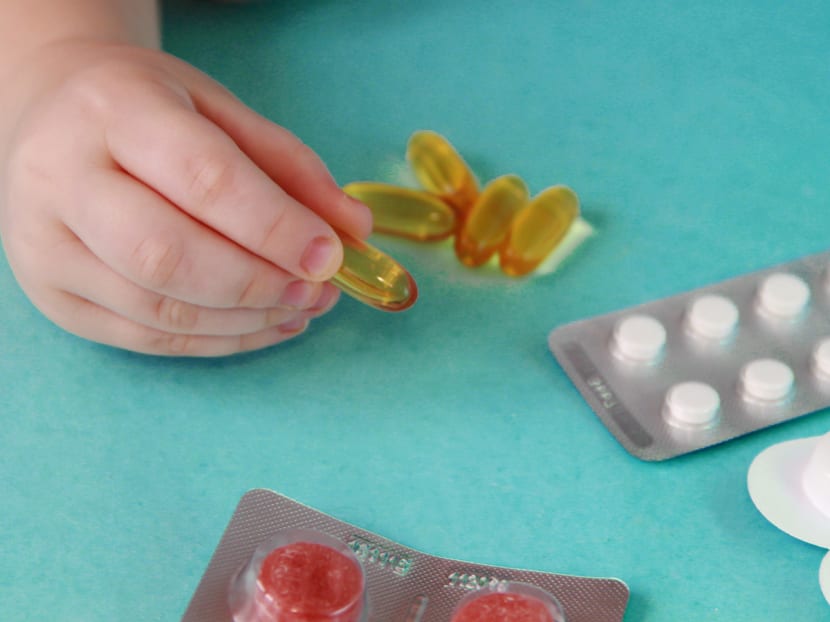
Poisoning in any form is as nasty as it sounds. Keep yourself and your family out of the bathroom and the emergency room with these simple pointers of mistakes to avoid.
MISTAKE 1
"Food poisoning is no big deal. Diarrhoea and vomiting won't kill anyone."
Try saying that to those affected by the E. coli-tainted romaine lettuce scare in the United States in mid-2018. Nearly 200 people fell ill and five died in the E. coli outbreak, which has the dubious reputation of being the largest in more than a decade.
In Singapore, a 15-year-old boy died from food poisoning after returning from a school trip to Shanghai. The specific cause of poisoning was not reported publicly.
- If you are down with a bout of food poisoning and the following symptoms emerge, haul yourself to a doctor right away:
- Fever temperature of 38.6C and above, based on an oral measurement
- Blood in your stools
- Frequent vomiting that dehydrates you
- Dehydration, such as very little or no urination, a very dry mouth and throat or dizziness when standing up
- Diarrhoea that stretches longer than three days
MISTAKE 2
"I always wash all food before cooking — meat, fish, fruit and vegetables, even the pre-packaged greens. Super kiasu of me, but better to be safe than sorry"
Bagged greens that are stamped with 'washed', 'ready to eat' or 'triple washed' have gone through a thorough cleaning process right before being packed. In fact, washing them again invites cross-contamination. Just make sure your hands, cutting boards, utensils and countertops are clean.
Another no-no is washing meat and fish. When you rinse meat and fish, instead of getting rid of the dangerous organisms residing on their surfaces, you risk spreading them into the sink and onto the countertops. The consequences of eating fruit and raw salads that come into contact with those spaces might not be pretty. Kill off bacterial contamination in meat by cooking food thoroughly. On the other hand, thoroughly washing other fresh fruit and vegetable before you peel, cut, eat or cook them is a great practice.
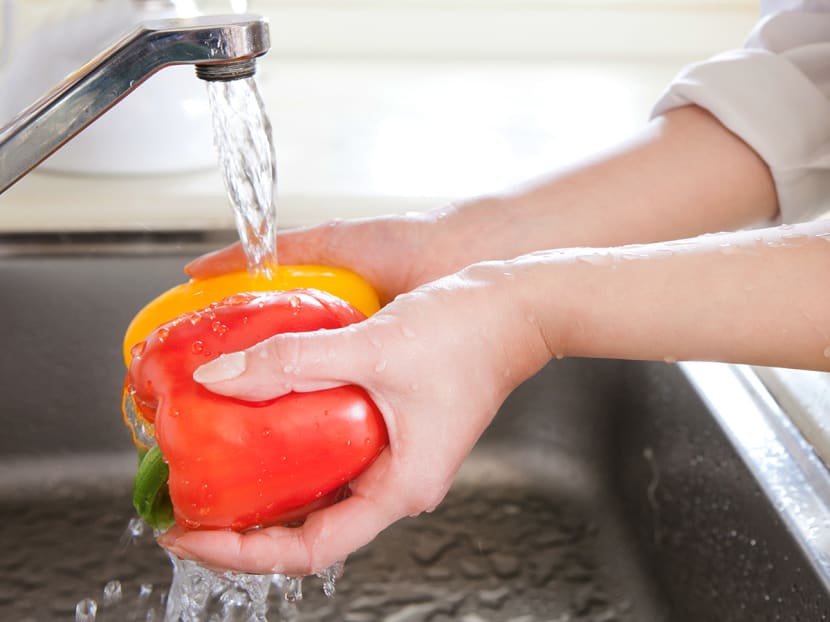
The maximum dosage for adults is eight 500mg tablets in 24 hours, at four-hour intervals. "Do not overdose on the amount or shorten the time interval between each dose," cautioned Dr Tham.
This instruction rings especially true for children. "When administering medication to young children, it is important for caregivers to follow the instructions regarding the dosage and the frequency on the prescription label," stressed Dr Tham.
Large amounts of paracetamol can lead to liver damage. However, the effects do not show up till a few days later. Get medical help for a paracetamol overdose straightaway, even if the person appears fine.
MISTAKE 4
"My baby caught her kid brother's flu. I think I can just feed her his medicine, it's from the same doctor anyway. Saves money, saves time!"
Not so, unfortunately. Do not administer medicine meant for an older child to a younger child. Paediatric dosages are calculated based on a child's weight, and the same dose for the older child may be too high for the younger child, leading to overdose and drug poisoning, said Dr Tham.
MISTAKE 5
"I've placed grandfather's red cough mixture and heart medication on the dining table where he can reach them easily."
If you have children in the house, the pills and the brightly-coloured bottle will be visible to them, too. "All medications, household cleaning products, insecticide sprays, and other toxic products should be locked in cupboards, way out of children's reach," cautioned KKH's Dr Tham.
"Locked" is the operative word. Children are nimble at opening storage spaces and uncovering things they should not. That is also when accidents often take place. Do not mislead your child into thinking that pills are sweets with statements like, "Those are grandpa's sweets, cannot touch!"
- If you do not want your kid to unknowingly gulp down poisonous liquids, refrain from recycling and do not transfer toxic substances into containers from which you and your family drink or eat. Suspect drug or chemical poisoning if your family member:
- Experiences vomiting, unusual lethargy or extreme fatigue or sleepiness, and breathing difficulty
- Becomes agitated or restless
- Drools
- Gets seizures
- Has breath that smells like paint thinner or other toxins
- Falls into a coma
Also, look out for burns, redness or blisters around the mouth and lips. Check around for clues that may tell you what has been swallowed: empty pill bottles or packages, scattered capsules, opened containers or spills of strange liquid on the ground.
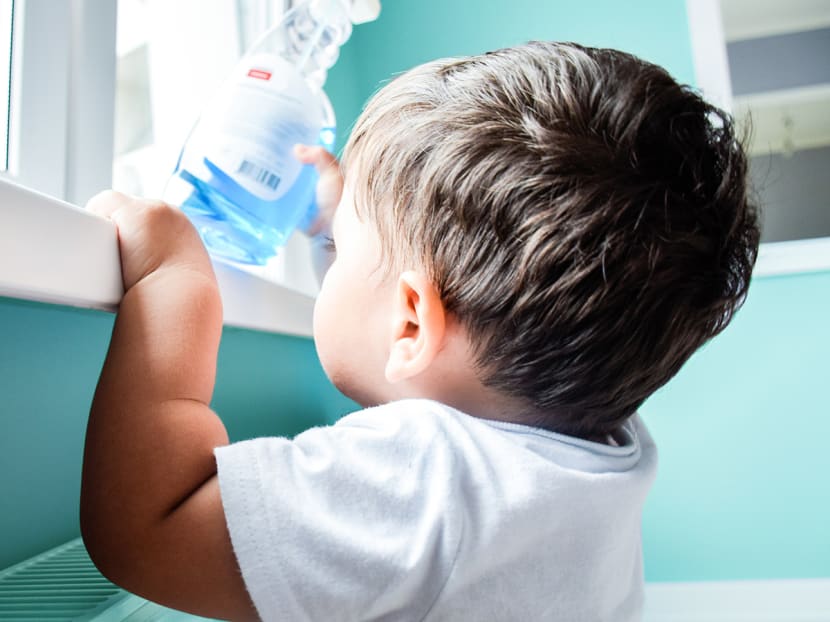
No need to rush to pack leftovers in the fridge — two hours is plenty of time for you to enjoy your meal. Chuck anything that has been left out longer.
2
What is the best way to thaw frozen food?
ANSWER: C. IN THE REFRIGERATOR
Bacteria multiply furiously at room temperature. The night before, place the item to be thawed on a plate to catch leaking juices. When in a hurry, defrost the food under cold running water or in the microwave using the thaw setting.
3
What do you do with bread that is starting to grow mould?
ANSWER: C. THROW OUT THE ENTIRE LOAF, WHY TAKE A CHANCE?
Mould has long tendril-like roots that invade the food, and you really cannot tell how far it has gone. What you see with your naked eye is just a small part of it.
If you got two or more answers correct: Well done, you know how to separate the wheat from the chaff!
PREVIOUS
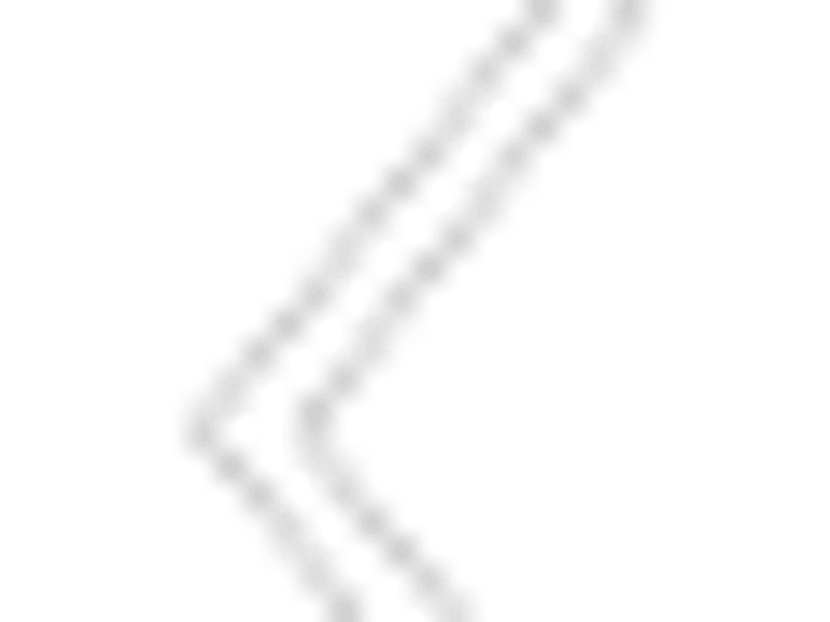
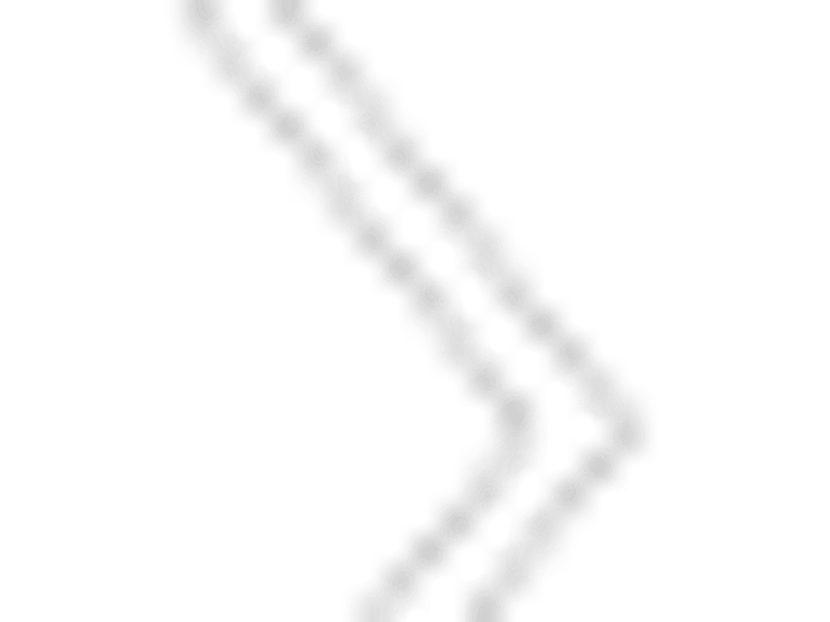
Emergency! — Heat Stroke





